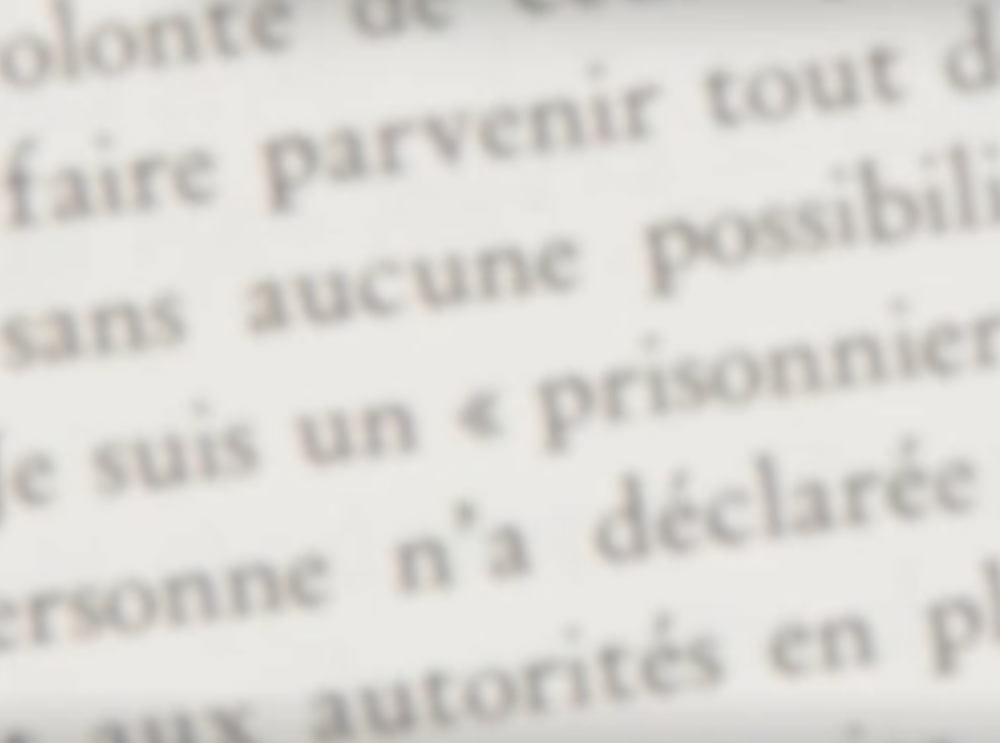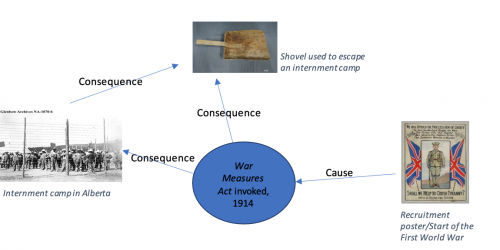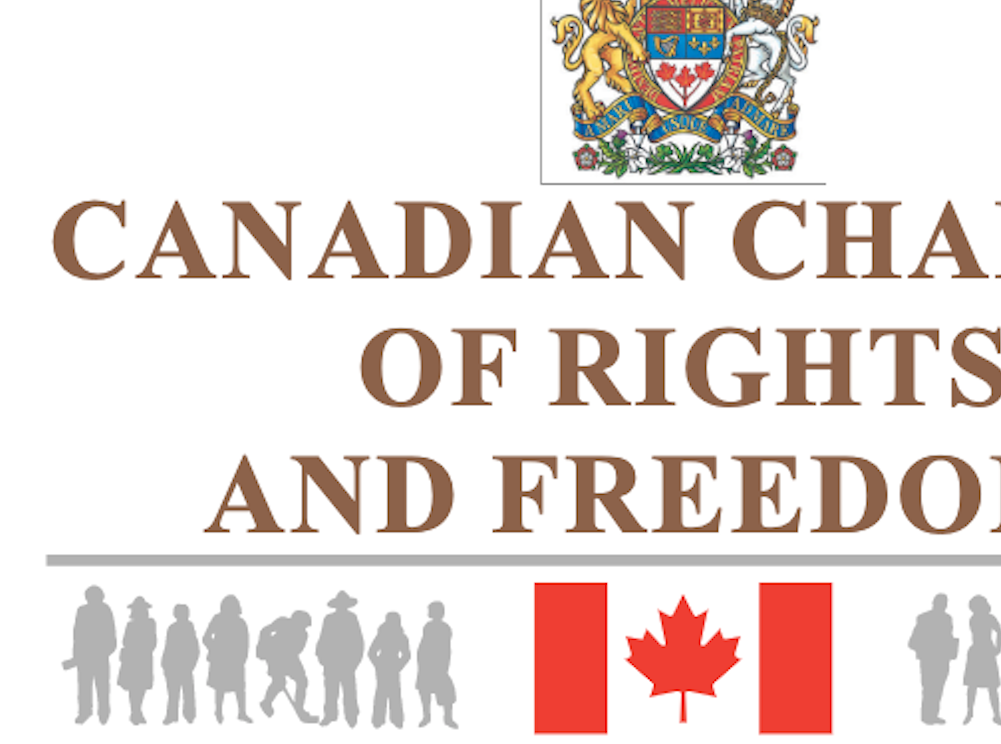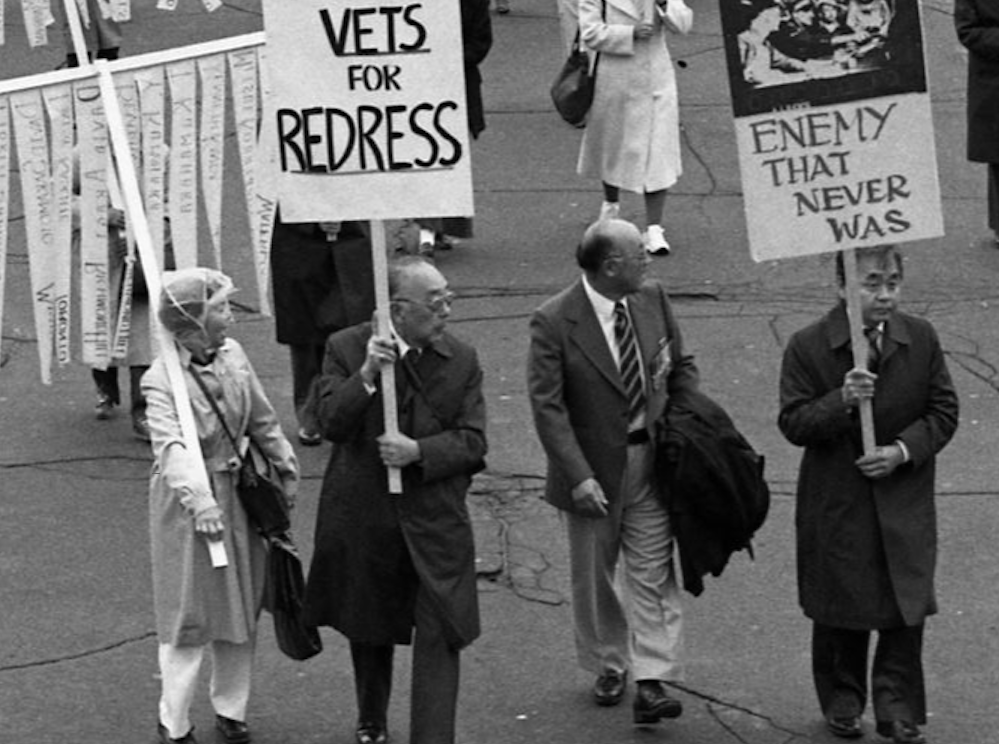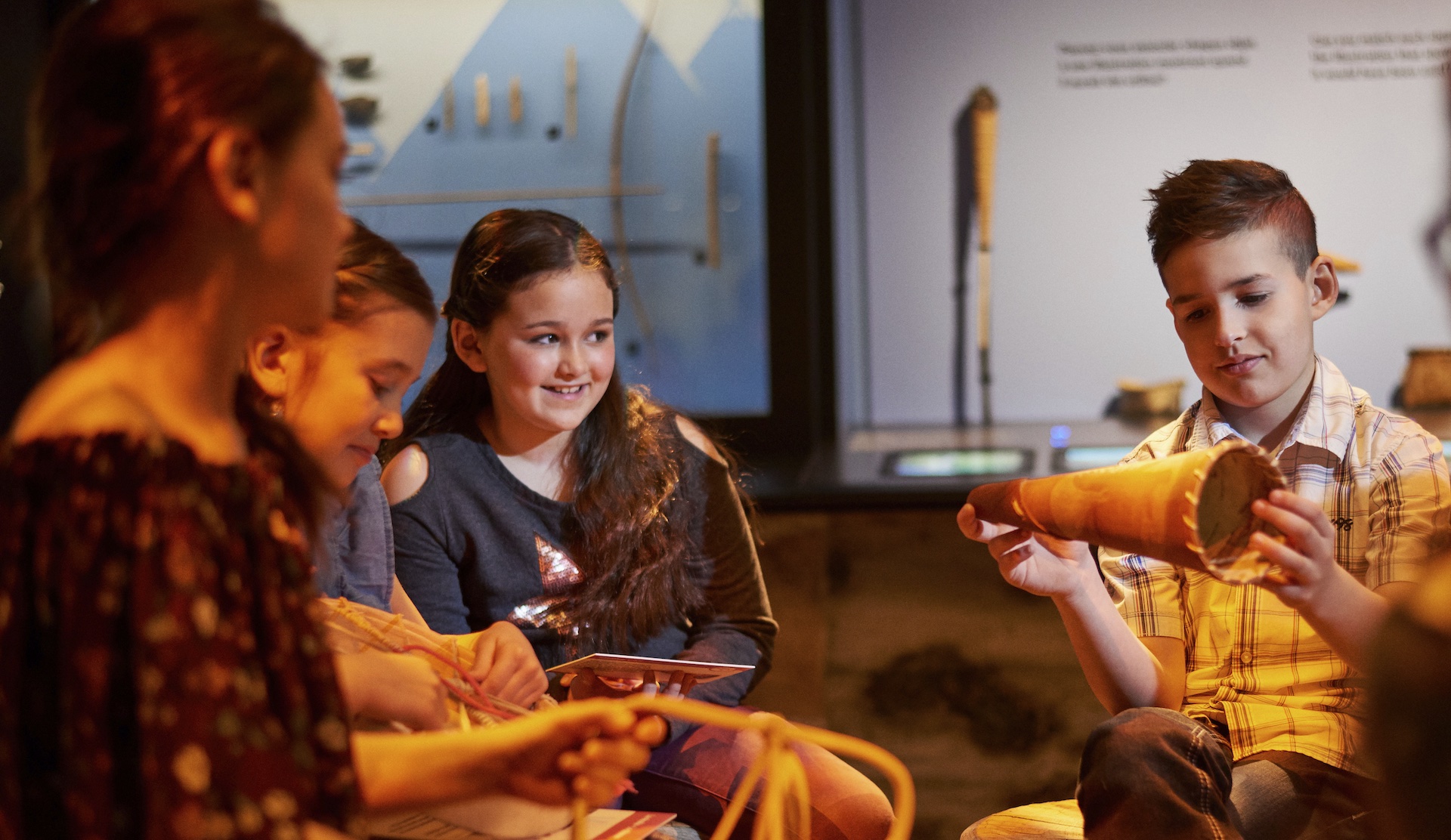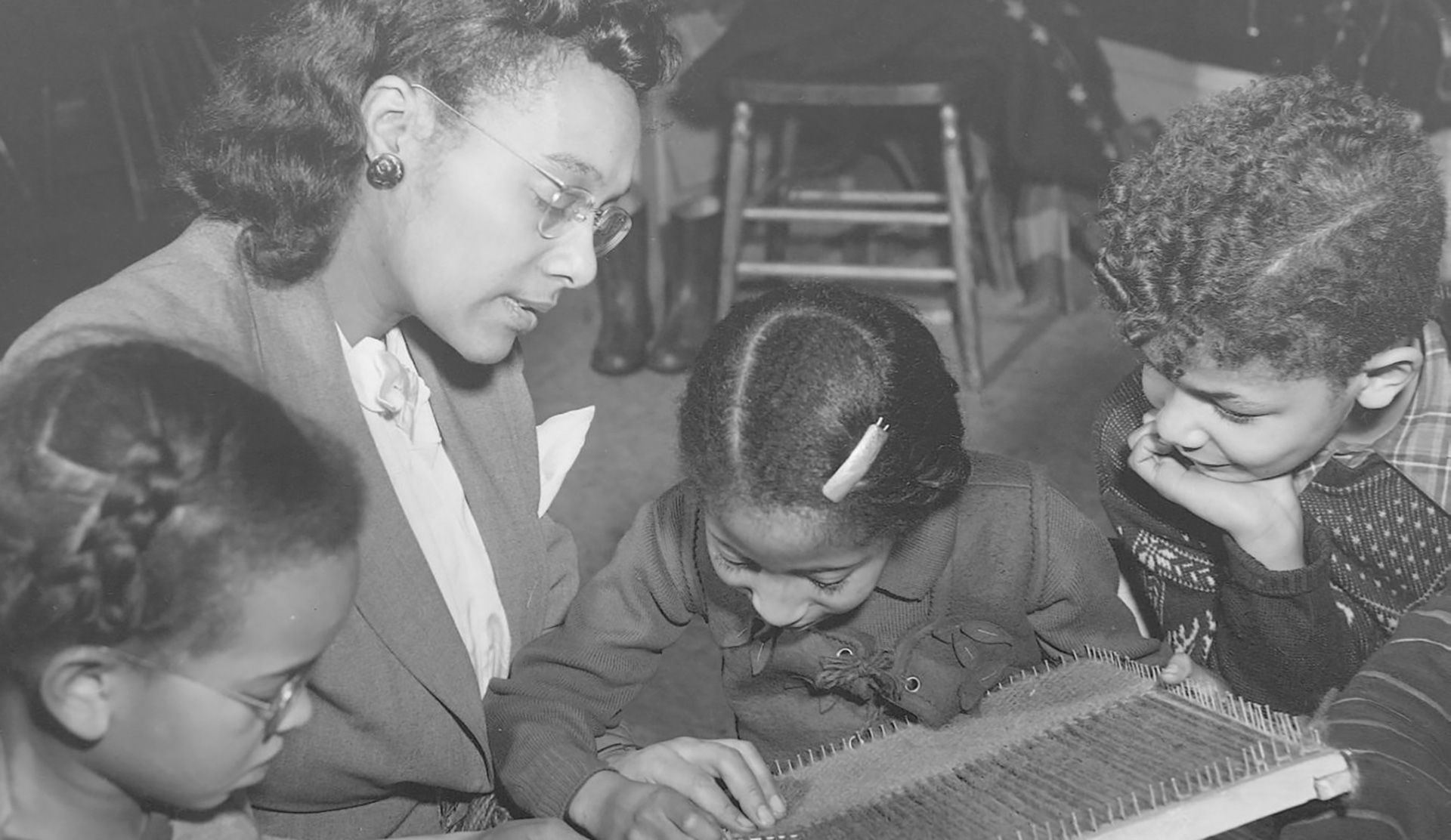Activities
There are two types of activities: Package Activities and Object Activities.
Package Activities are project-based activities designed to accommodate one or more classes. These activities involve the use of historical thinking concepts while exploring the whole package, resulting in a more comprehensive experience.
Object Activities are short inquiry-based activities that typically take 5–25 minutes. These activities encourage students to think critically about the objects being presented, and to use historical thinking concepts.
Both types of activities were created with the guidance of educators from across Canada, and incorporate current educational theory and approaches.
 Package Activities
Package Activities
Explore project-based Package Activities by scrolling down.
Activity 1: Historical Perspectives on the War Measures Act
According to Historical Thinking Concepts, taking historical perspectives means deducing how people felt and thought in the past, by looking at the historical evidence from a particular time period. It means we should not judge people of the past based on our current ideas; rather, we should look through the lens of historical thinking.
Each topic in this package showcases different — and often opposing — perspectives that people held during the periods when the War Measures Act was invoked: the First World War, the Second World War and the October Crisis.
With a partner, complete the following:
- From this package, identify three different perspectives on the invocation of the War Measures Act (they don’t have to be from the same topic or time period).
- For each perspective, decide how you think those involved would have felt about the War Measures Act.
- Using historical evidence, explain your answer to question 2.
Example:
- Perspective: Ukrainian Canadians were considered “enemy aliens” during the First World War.
- Ukrainian Canadians did not agree with the invocation of the War Measures Act.
- Historical Evidence
- Enemy aliens were arrested and put in internment camps (see photograph of internees).
- Those interned, as well as their family members, suffered long-lasting negative consequences (see interview with Jerry Bayrak, son of an internee).
Activity 2: Ethical Dimension and Justification
In Canada’s history, the War Measures Act has been invoked three times: during the First World War, the Second World War and the October Crisis. Choose one of these instances and argue whether you believe the invocation was justified or not. To support your answer, use historical evidence found in this package.
Be careful not to base any of your judgements on today’s standards. Base your answer on the historical context provided, along with information available about the time when the events happened. Use the research, stories and information on objects in this package as a starting point, and carry out additional research as needed.
Activity 3: Civil Liberties and COVID-19
In 2020, an acute viral disease known as COVID-19 became a global pandemic, affecting almost everyone in the world. In an effort to stop or slow down transmission of the disease, Canadian governments — federal, provincial/territorial and municipal — imposed new rules and restrictions on people in Canada. Rules included limiting travel between provinces and outside Canada, restricting group sizes for gatherings, making isolation or quarantine periods mandatory, and making masks compulsory indoors.
Do some external research on the impact of COVID-19 restrictions in Canada, drawing upon your own experiences, if possible. Which civil liberties did the restrictions affect? From this package, read about one crisis that prompted invocation of Canada’s War Measures Act (the First World War, the Second World War, or the October Crisis). What similarities and what differences can you find between these two events?
Activity 4: Cause and Consequence Web
The Historical Thinking Concept of cause and consequence tells us that, because historical events are influenced by many causes, they can also have many outcomes, or consequences. Around each event, it is possible to decipher a complex web of interrelated short-term and long-term causes and consequences.
- Working in pairs, choose one instance when the War Measures Act was invoked in Canada (the First World War, the Second World War, or the October Crisis).
- On paper or in a Word document, make a circle and write “War Measures Act invoked” and the related date(s) inside the circle.
- From this package, look at objects from around the time the War Measures Act was invoked. Were the objects a cause of the War Measures Act being invoked, or a consequence? Around the outside of your circle, write the name of each object, followed by the event it represents, then explain whether it was a cause or a consequence.
Example:
 Object Activities
Object Activities
Explore inquiry-based Object Activities by clicking on individual objects below.
The First World War: Liberty Shattered
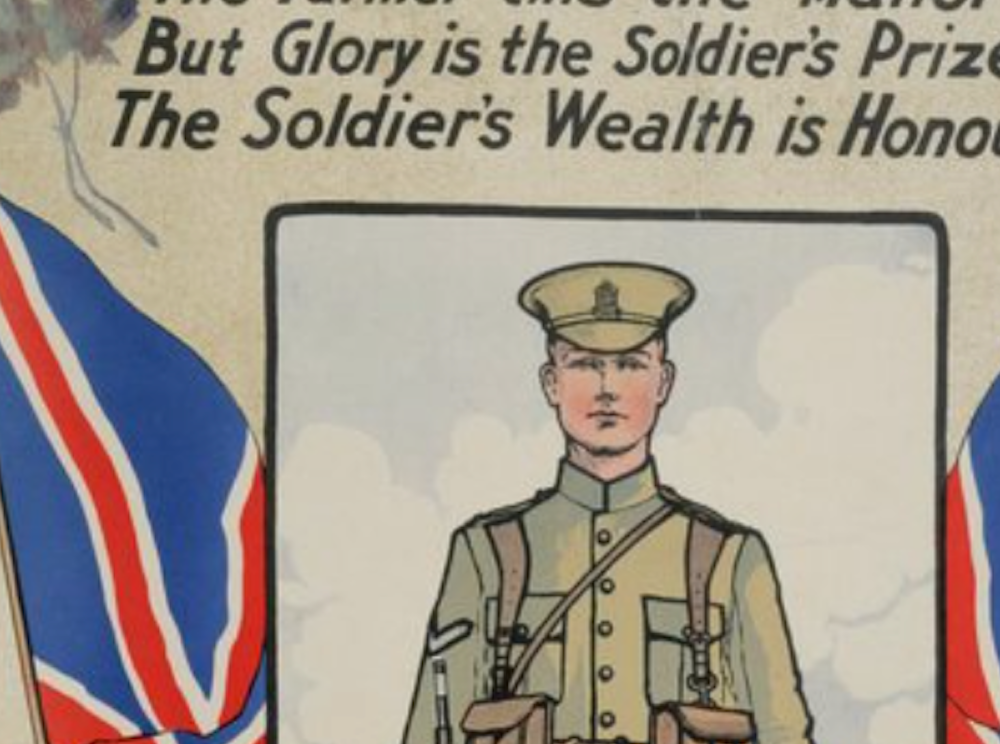
Wartime Recruiting Poster
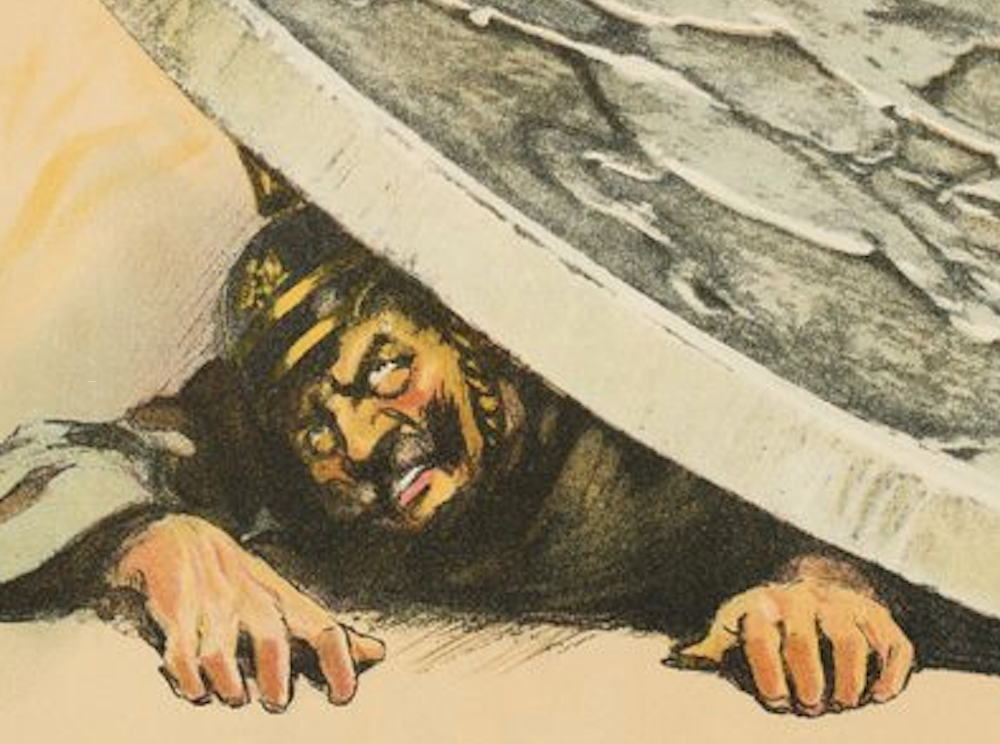
Fundraising Poster
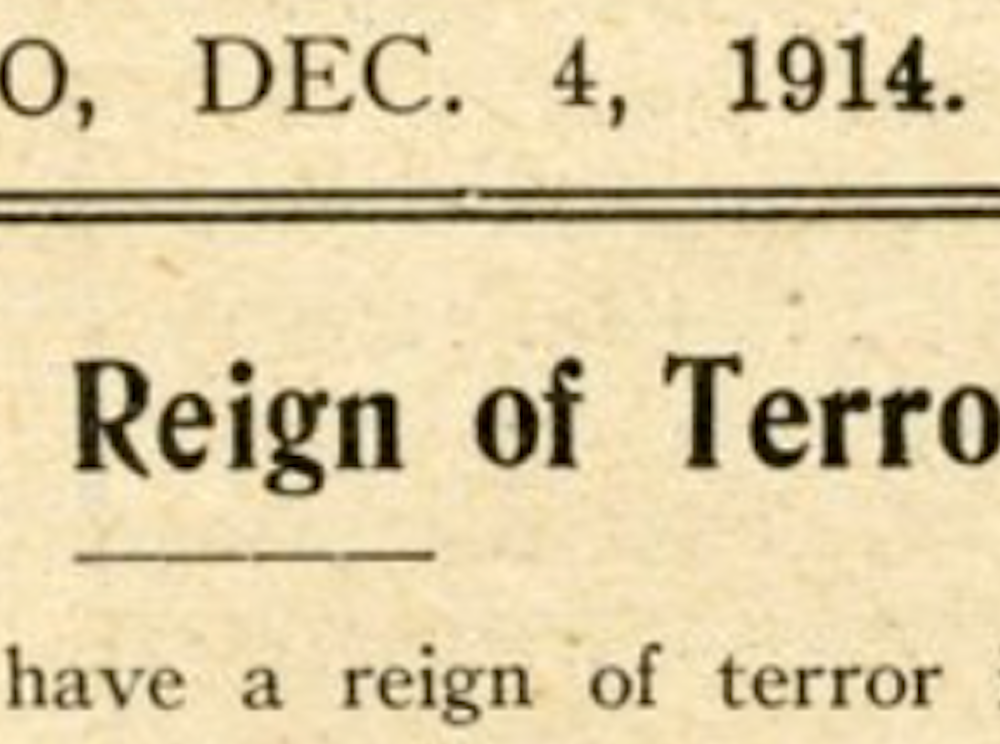
Article from The Varsity newspaper
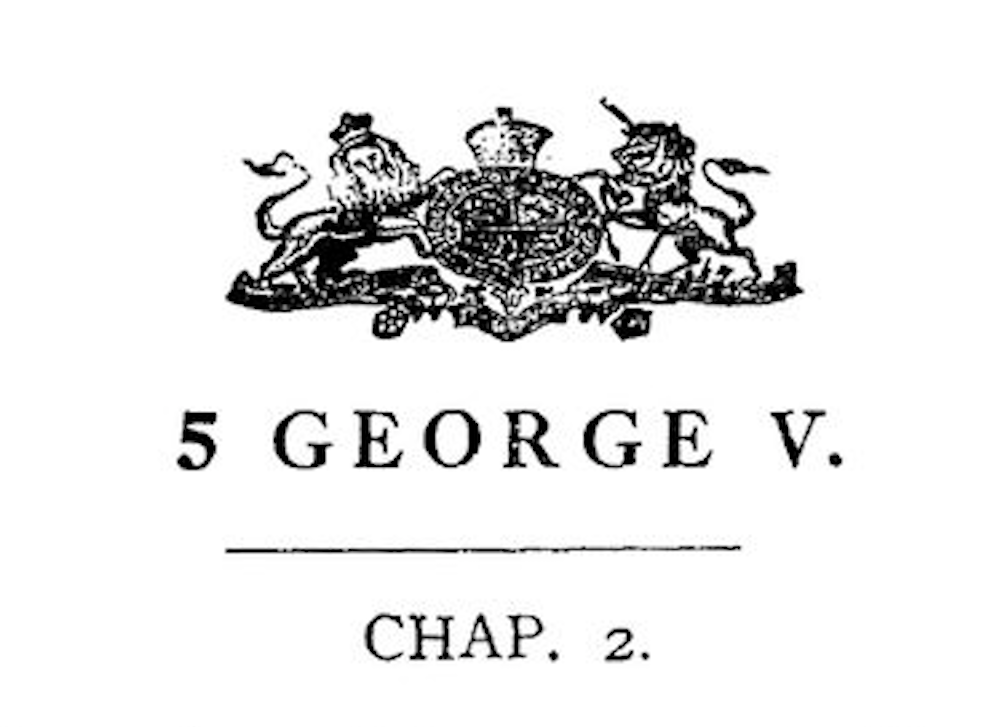
War Measures Act
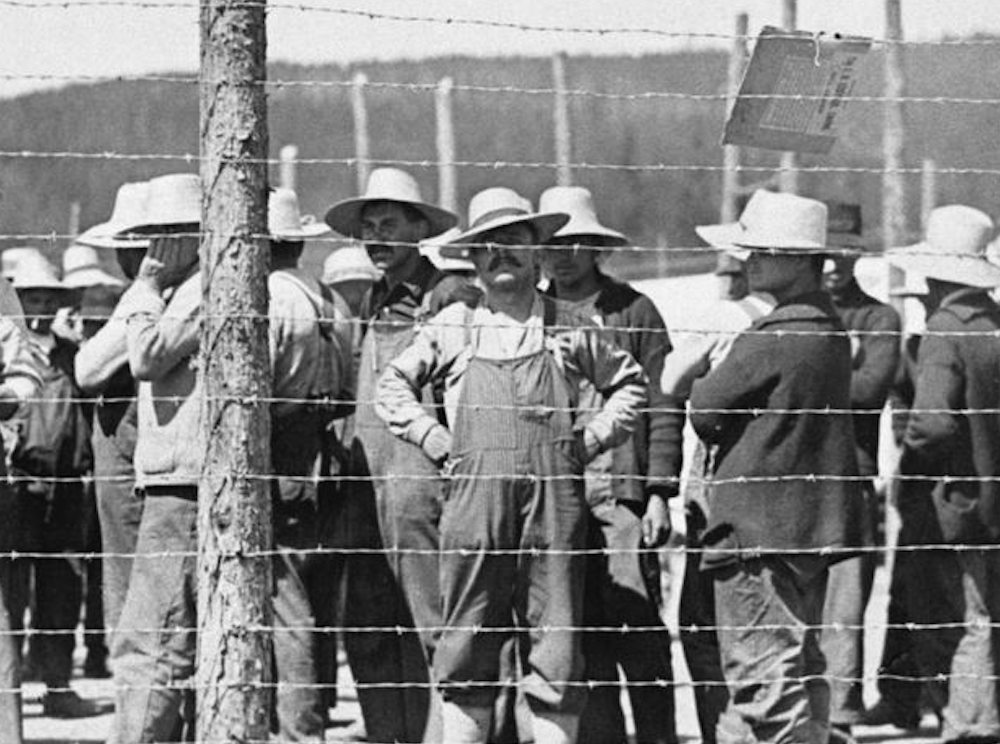
Internees at the internment camp in Castle Mountain

The Camps, Season 2, Episode 16
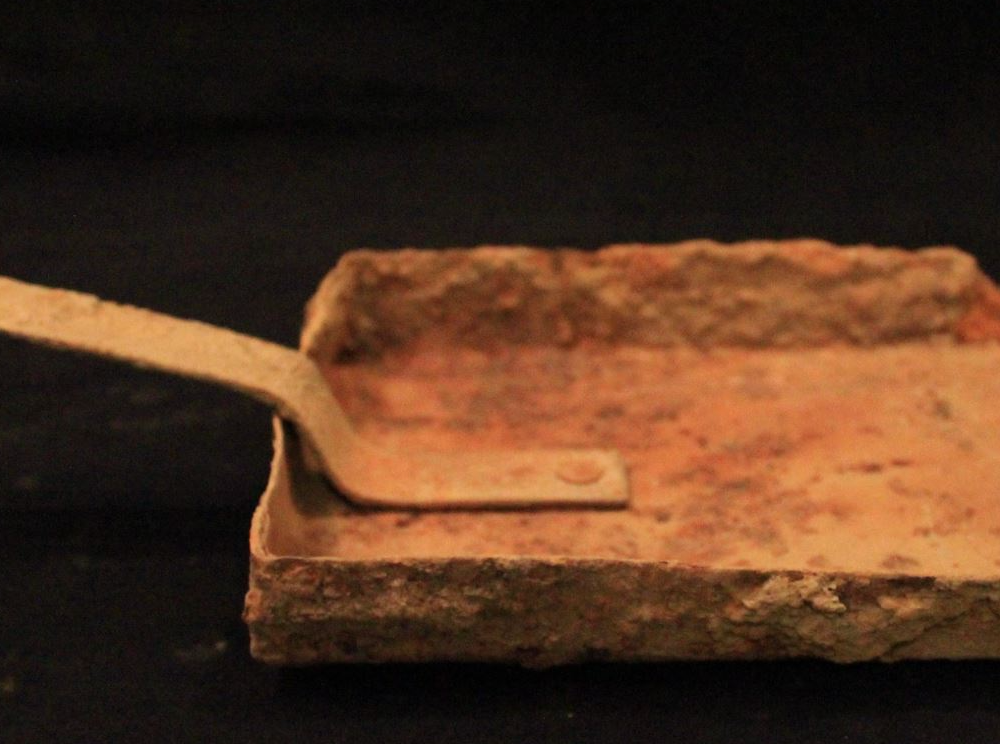
Shovel Made by an Internee
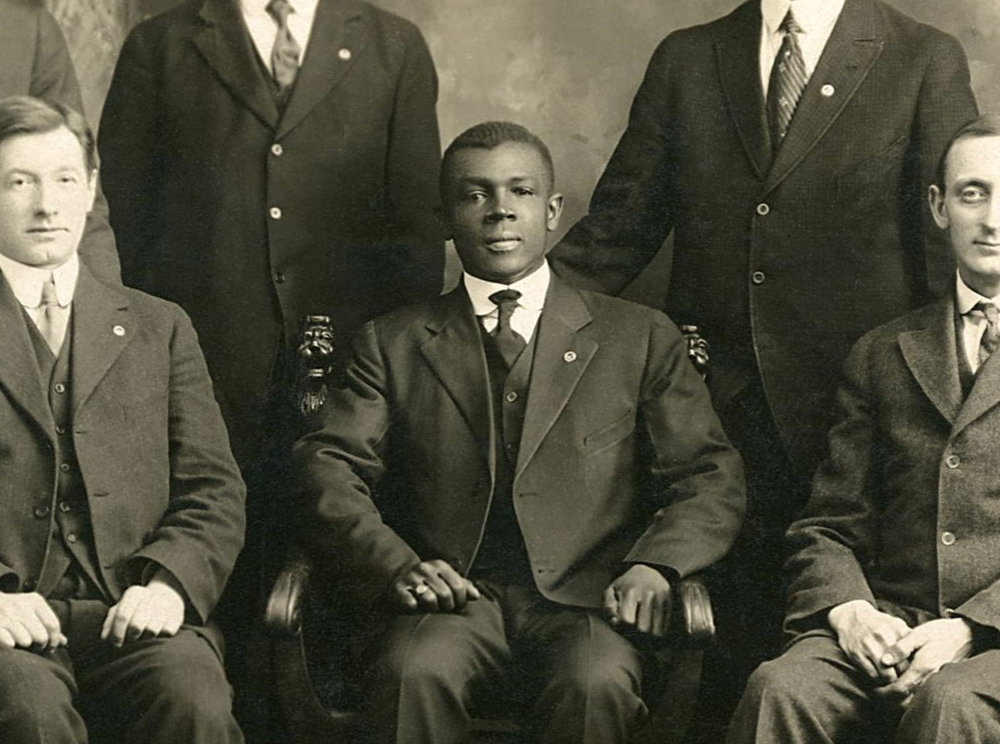
Claudius Brown
The Second World War: Liberty Controlled
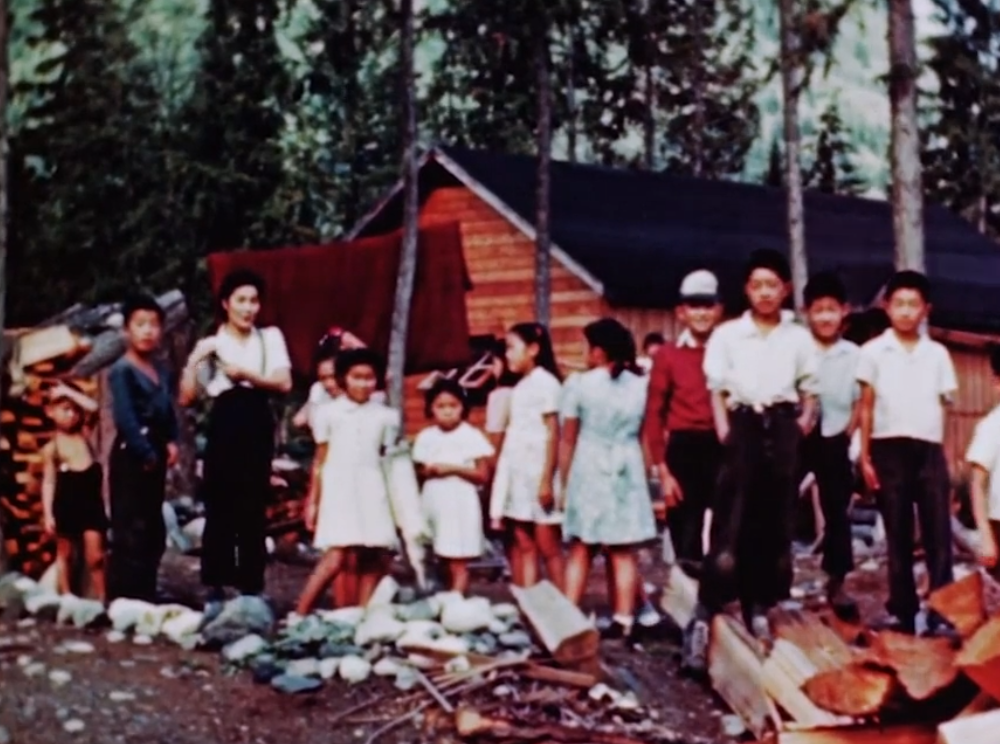
Excerpt from Of Japanese Descent: An Interim Report
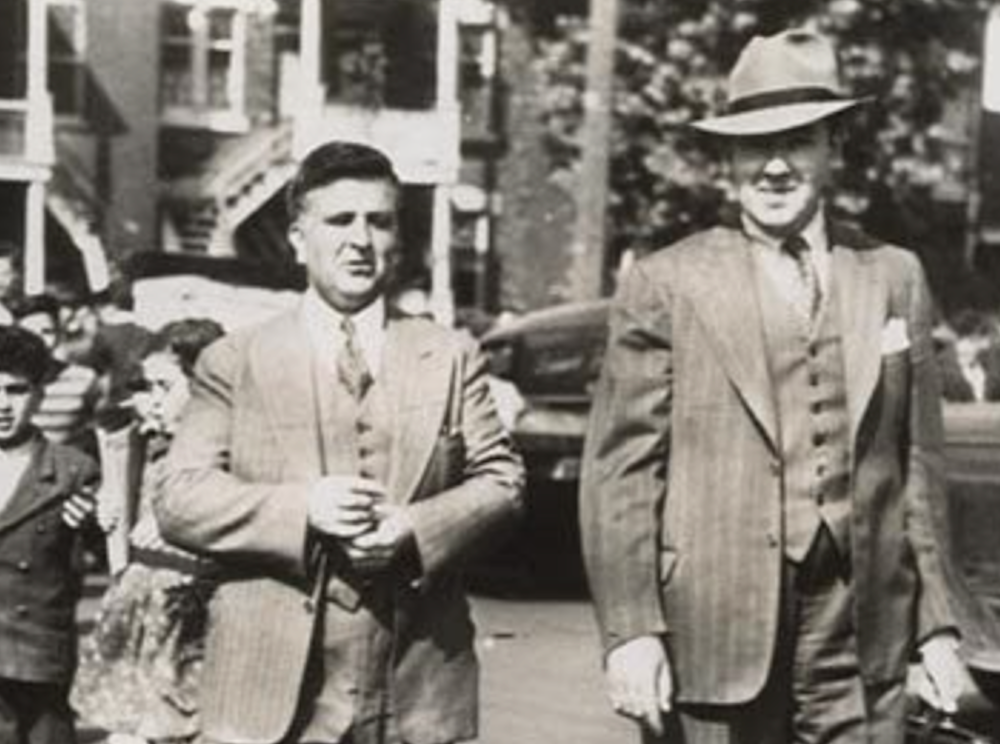
Officers escorting Antonio Dieni to police headquarters
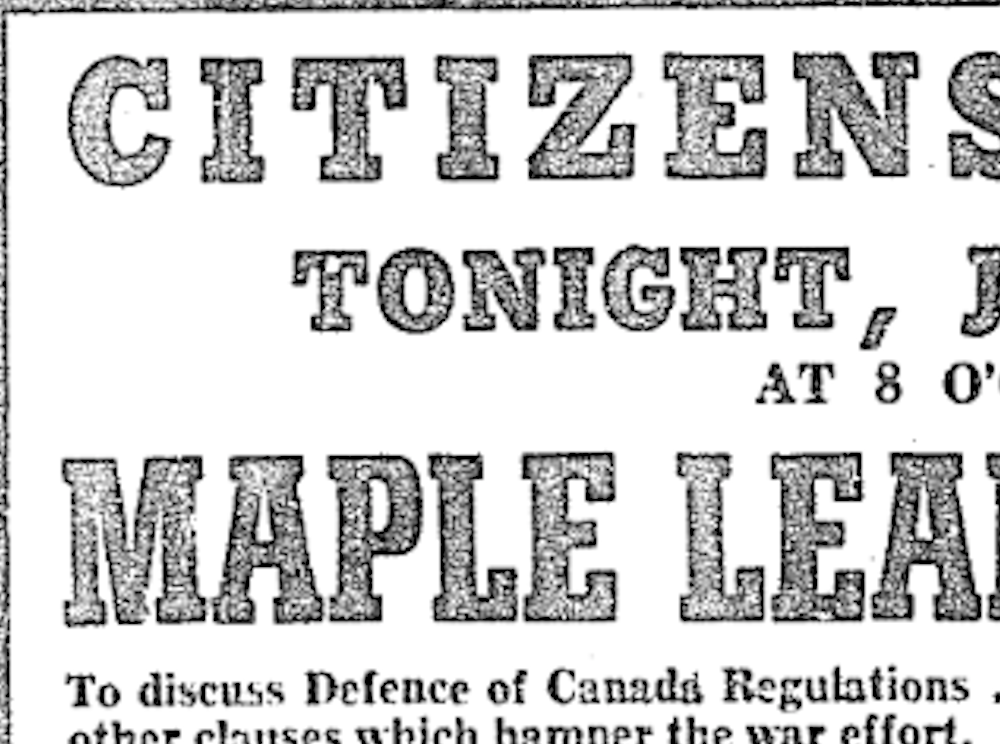
Citizen’s Rally
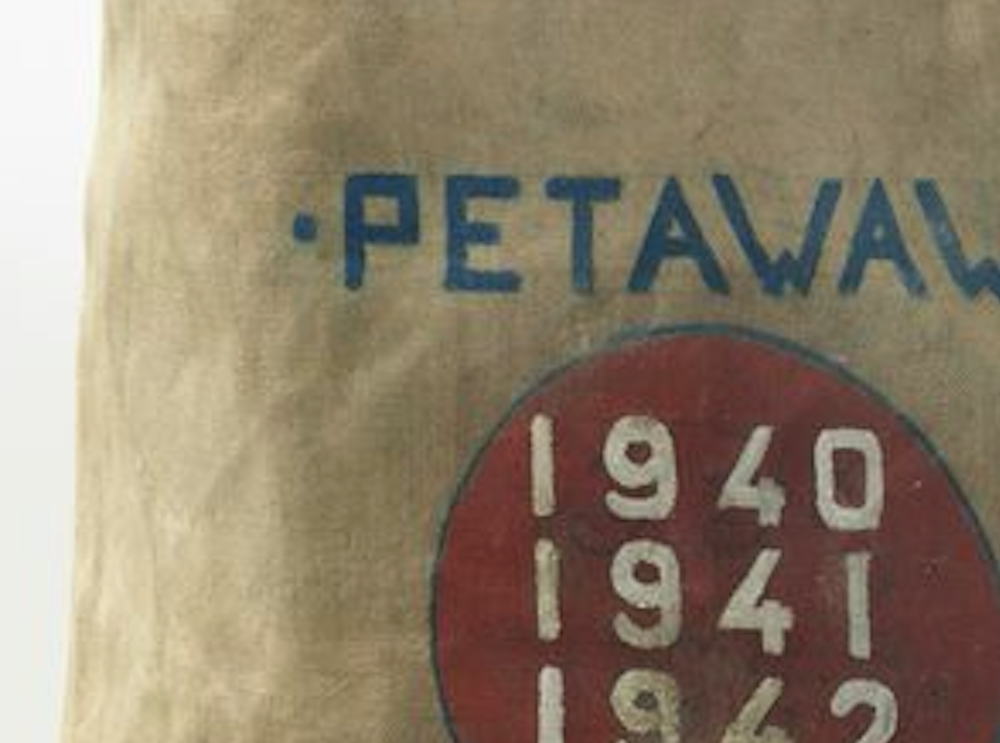
Vincenzo Poggi’s Bag
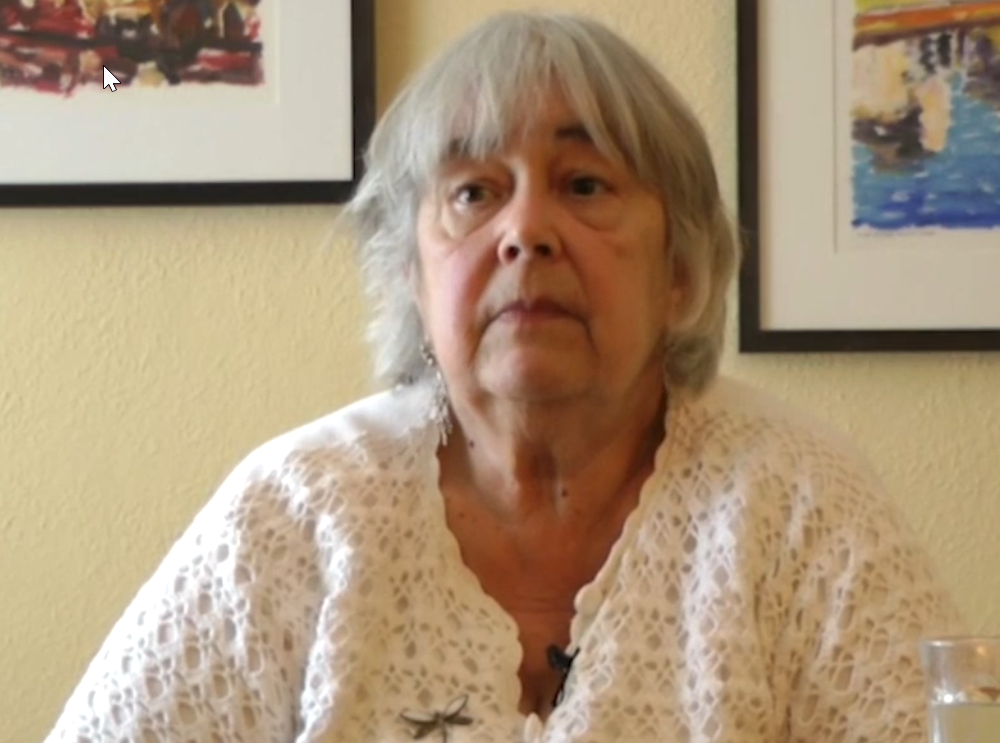
Excerpt from an interview with Sandra Corbo
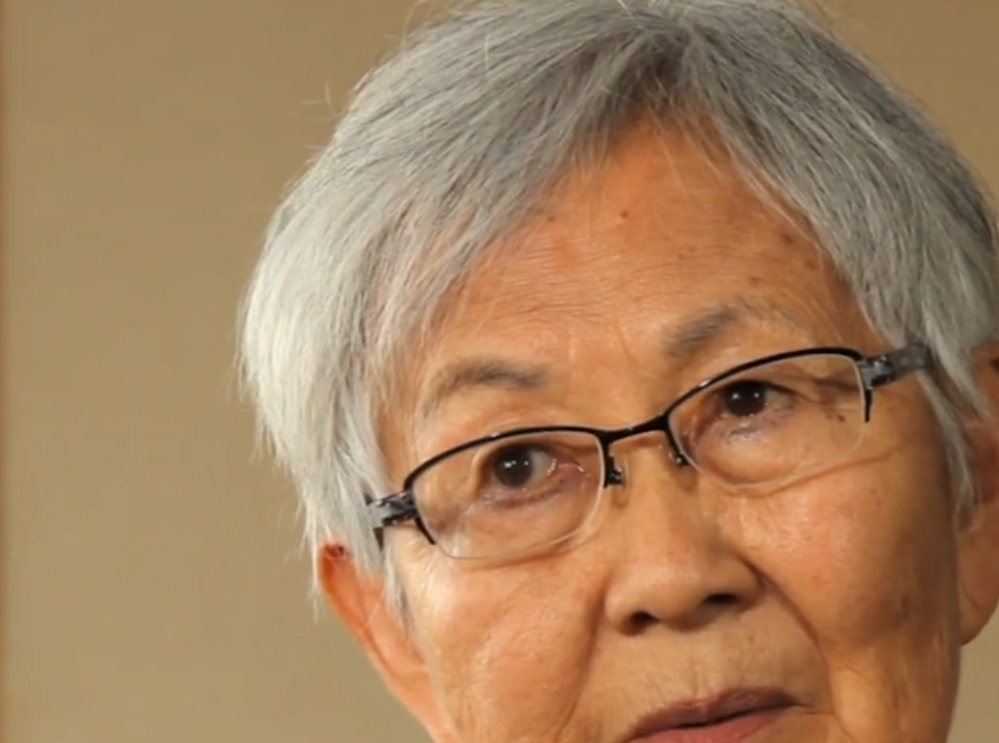
Mary Murakami Kitagawa — TAIKEN Education
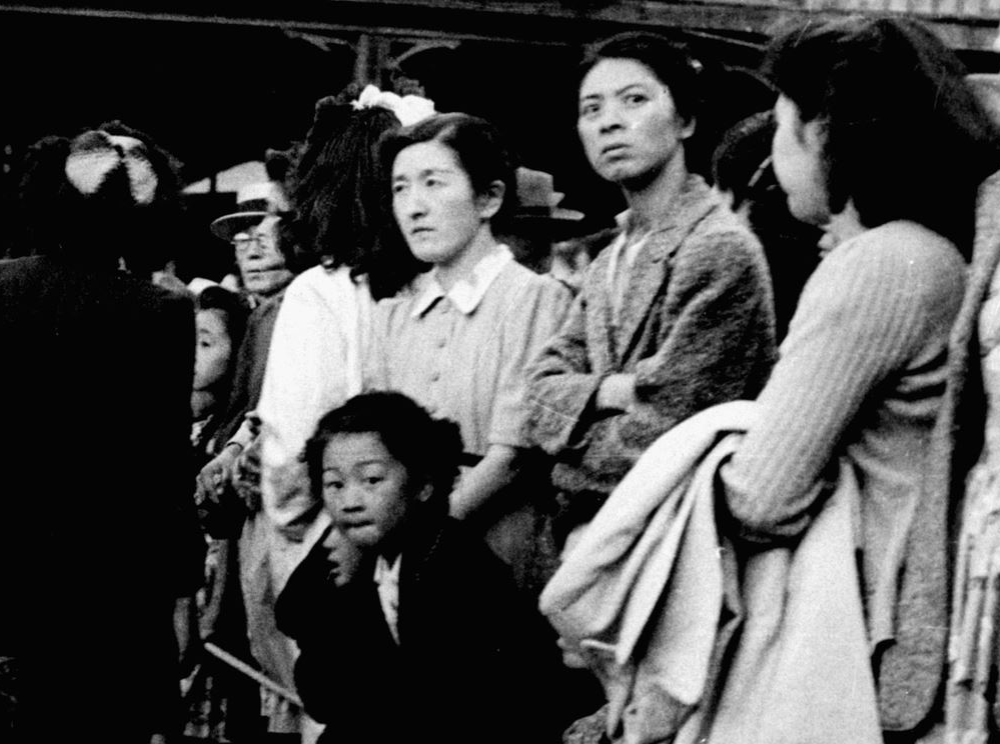
Japanese internees awaiting deportation
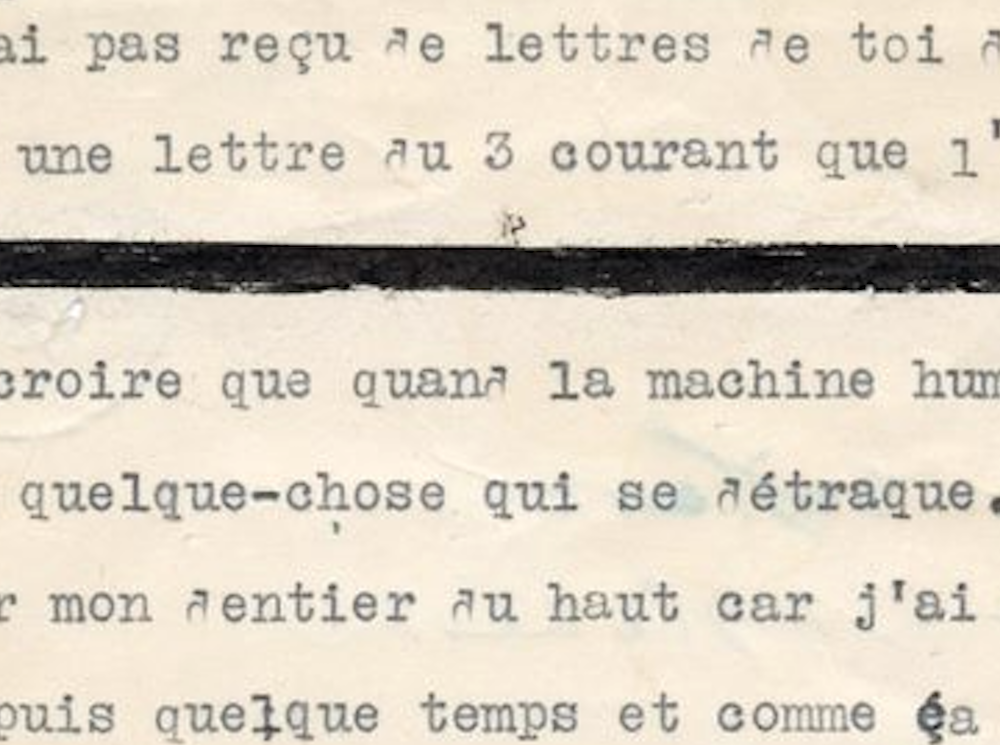
Censored Correspondence
The October Crisis: Liberty Repressed
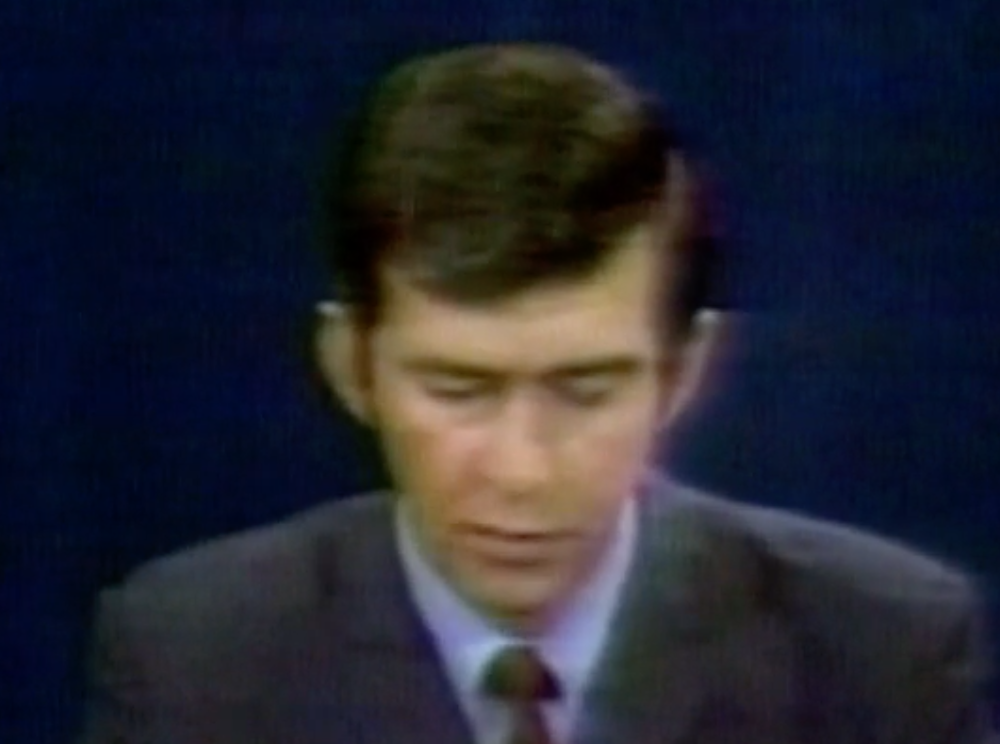
Excerpts of FLQ Manifesto

Revolver provided to lawyer Robert Demers
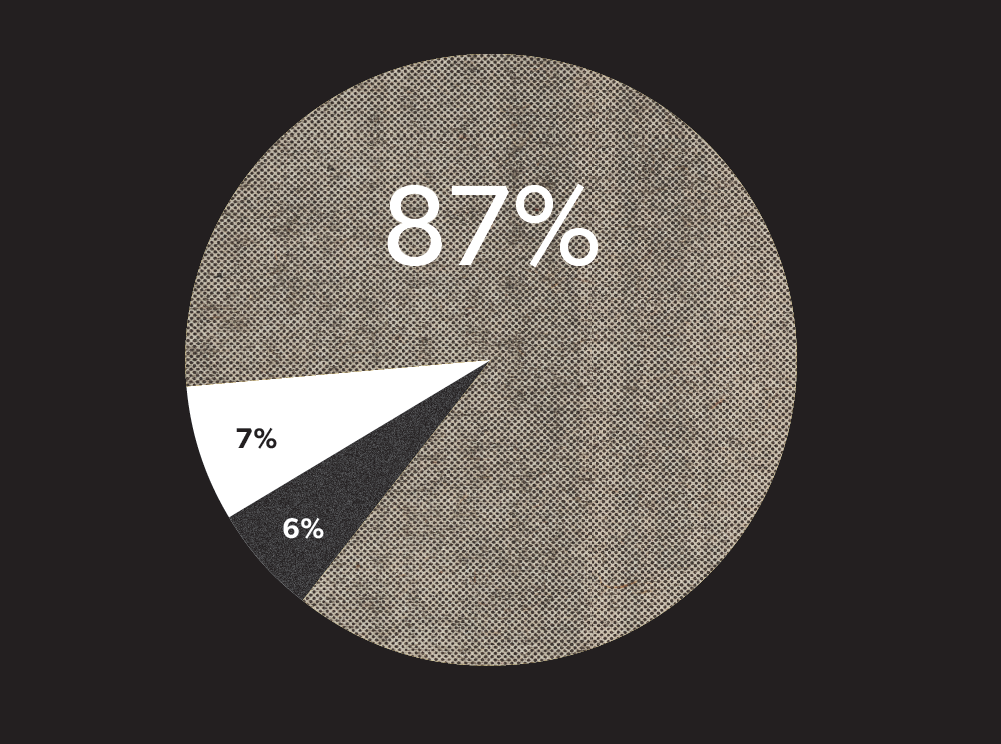
Results of a Gallup Poll
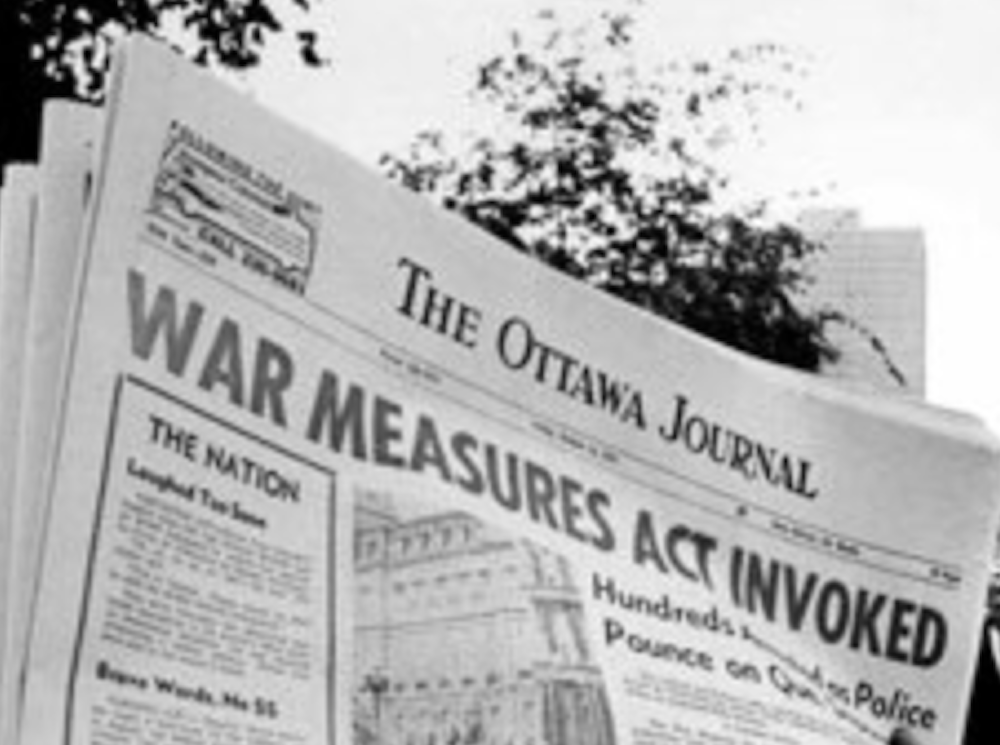
Paperboy for the Ottawa Journal announcing invocation of the War Measures Act

Ballistic Protective Helmet
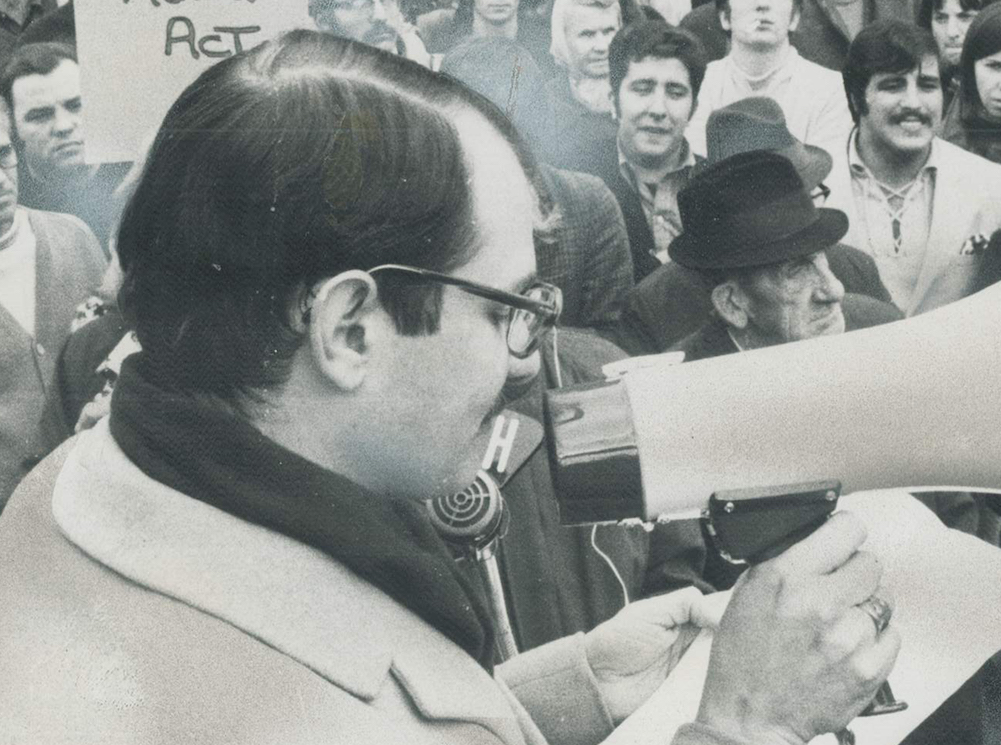
Demonstration at Toronto City Hall
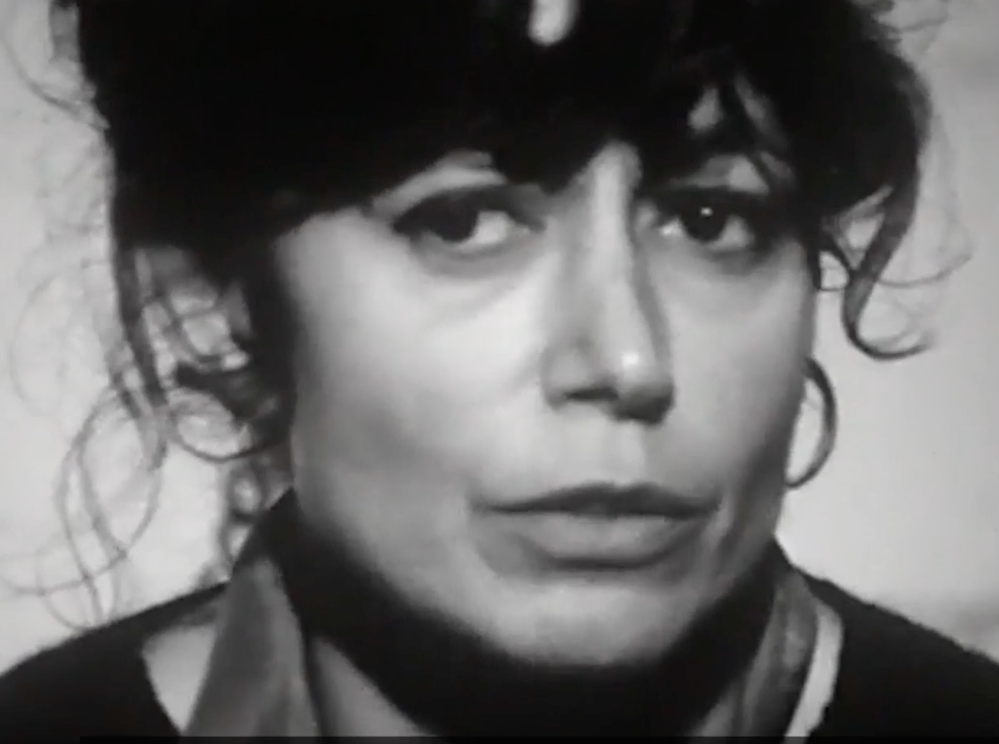
Video excerpt with Pauline Julien
